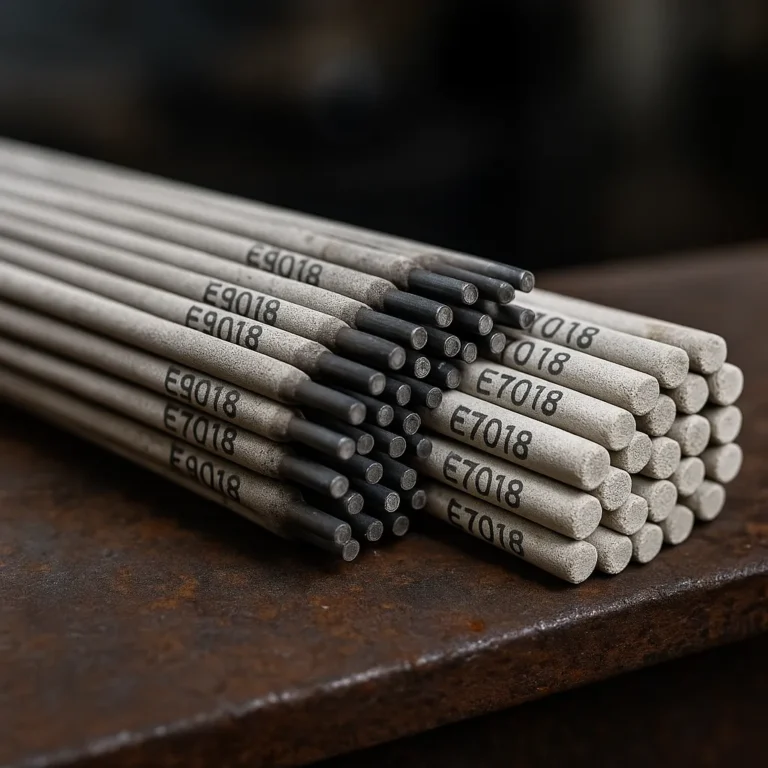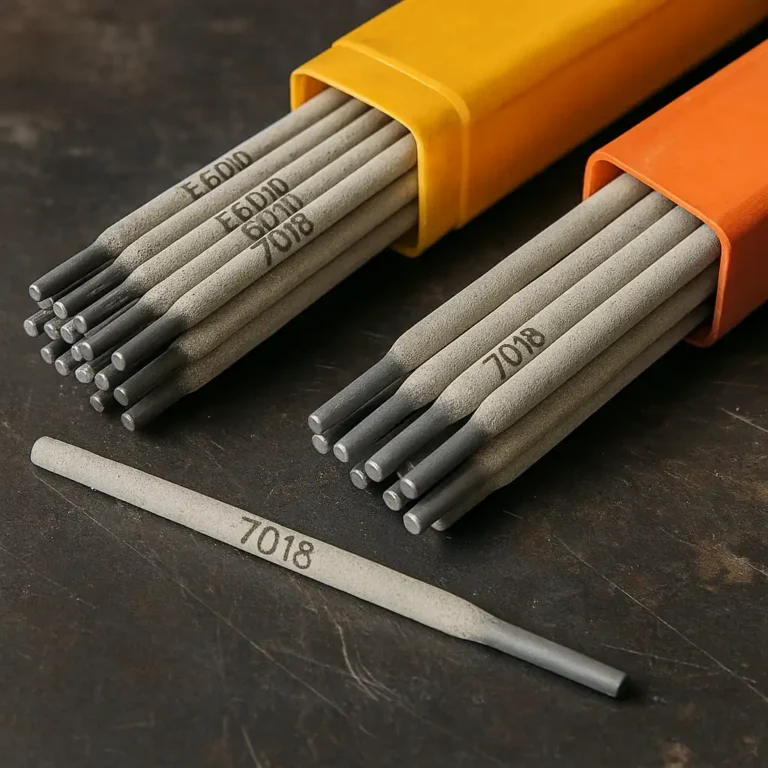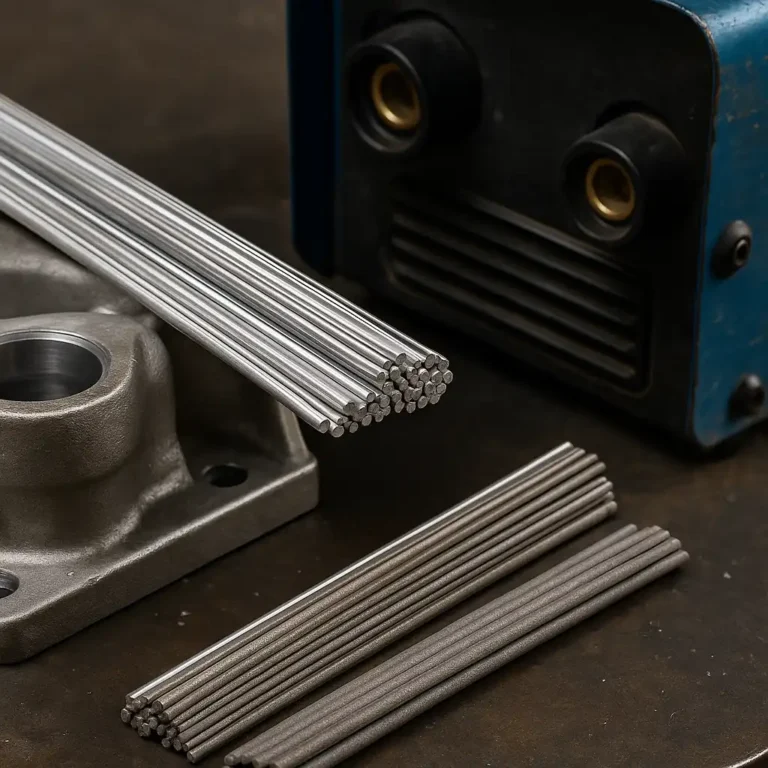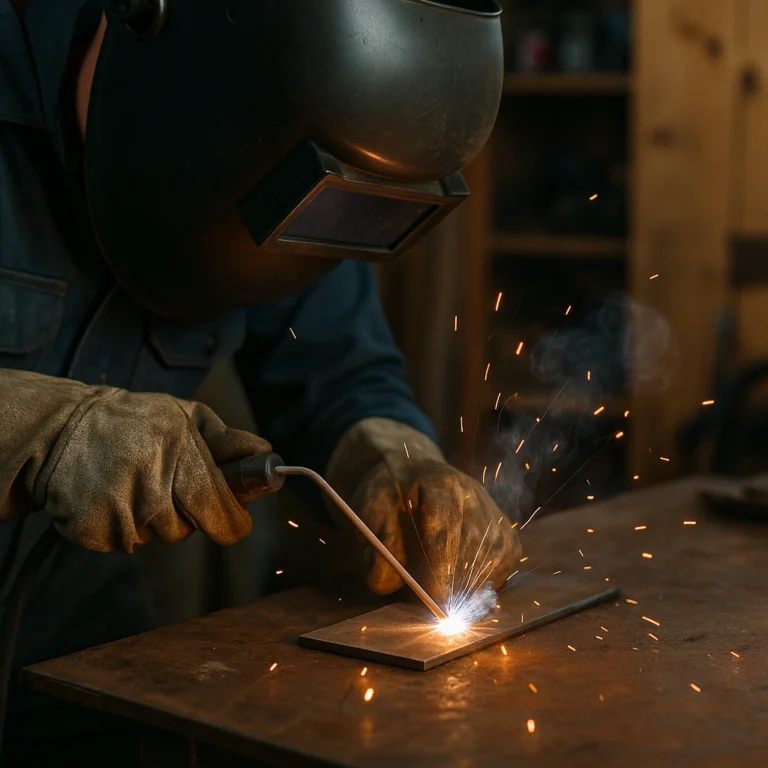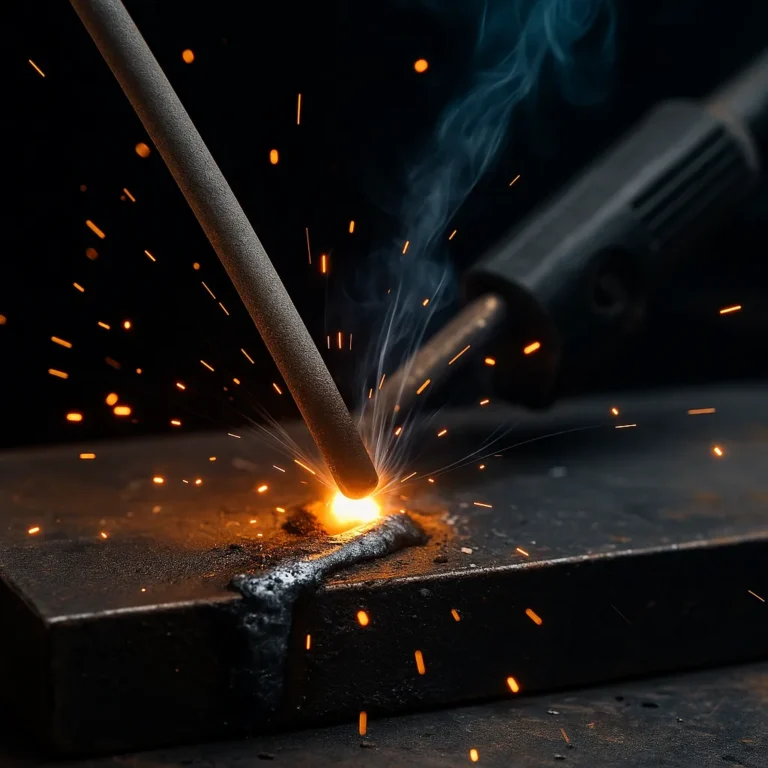Alumifix Welding Rod Review: Blue Demon’s Torch-Friendly Fix for Aluminum

Disclosure: This post contains affiliate links. As an Amazon Associate, I earn from qualifying purchases—at no extra cost to you.
Aluminum repairs don’t always need a TIG machine or spool gun. If you’re dealing with light-duty cracks, patch jobs, or small aluminum parts, low-temp brazing rods like Blue Demon’s Triple Play can make life a whole lot easier.
While actual “Alumifix” rods aren’t widely available, Alumaloy offers a similar solution that’s also well-rated. But if you’re browsing Amazon and want something dependable, Blue Demon’s aluminum-zinc rods have earned strong feedback from hobbyists and pros alike.
Simple Setup with No Fancy Equipment
The main appeal of these rods is how easy they are to use. No shielding gas, no heavy welder—just grab a propane or MAPP gas torch and get to work. That’s ideal for quick garage repairs or outdoor jobs where dragging out the big gear isn’t practical.
You’ll want to heat the base metal, not the rod. Once the aluminum reaches the right temp, the rod flows smoothly across the joint, kind of like solder. Most users report better results when the metal is thoroughly cleaned and brushed with stainless steel beforehand.
What It’s Good For (And What It’s Not)
Let’s be clear—this isn’t meant for load-bearing welds or high-stress parts. These rods shine in lighter repair work: lawn mower decks, cracked brackets, aluminum ladders, irrigation pipes, and general-purpose aluminum fixes.
They don’t require flux, and the rod length (18″) gives you plenty of reach for extended seams or wider gaps. Based on verified buyer reviews and forum feedback, these rods are especially helpful when working in tight spaces or mobile setups without power.
User Feedback and Practical Tips
A lot of folks in welding forums say the learning curve is mild, but practice helps. The key is surface prep. If you’re welding on dirty or oxidized aluminum, don’t expect miracles.
Once you’ve got the hang of heating the base metal evenly, the rod bonds cleanly and holds up well for everyday use. It won’t replace a TIG weld, but for patching up toolboxes, gates, or cracked tubing, it delivers surprising strength with way less effort.
Check Price & Availability
View on Amazon – Blue Demon BDTP-125-01T Brazing Rod (1/8″, Low Temp Aluminum-Zinc, 1 lb Tube)
Conclusion
Blue Demon’s Triple Play brazing rods are a practical fix for aluminum repairs that don’t need a full welding rig. They’re quick to use, don’t require gas or flux, and work with a basic torch—making them a solid backup for light-duty work.
They’re not a one-size-fits-all solution, but for hobbyists and weekend fixers, they’re a reliable tool to keep on hand. If you want a no-fuss way to handle aluminum without investing in TIG gear, this rod is a great place to start.

